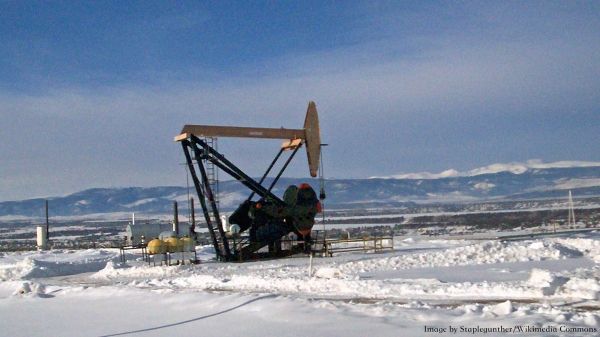As important as emissions of the greenhouse gas methane are in the climate conversation, factoring prominently in the recent COP26 conference in Glasgow, researchers have painfully little long-term data on emissions from wells and other oil and gas infrastructure. That makes answering questions about the sources and magnitudes of emissions, as well as year-to-year trends across an entire production region, difficult.
Answers are starting to come from Utah’s Uinta Basin, home to possibly the longest continuous methane monitoring site in an oil and gas-producing region. Since 2015, researchers have been tracking emissions from oil and gas wells and report that, over that time, emissions from the region have fallen by half.
But more analysis of leak rates shows that the oil and gas industry has a ways to go in stopping methane leaks, which impact the climate and human health and can impose costs on Utah’s economy.
“Our work in the Uinta Basin shows that the methane emissions can change over multiple years,” says professor John Lin, of the University of Utah Department of Atmospheric Sciences, “and it is important to bring a long-term perspective and monitor these emissions over multiple years as well.”
Read more at: University of Utah
Photo Credit: Staplwgunther via Wikimedia Commons


